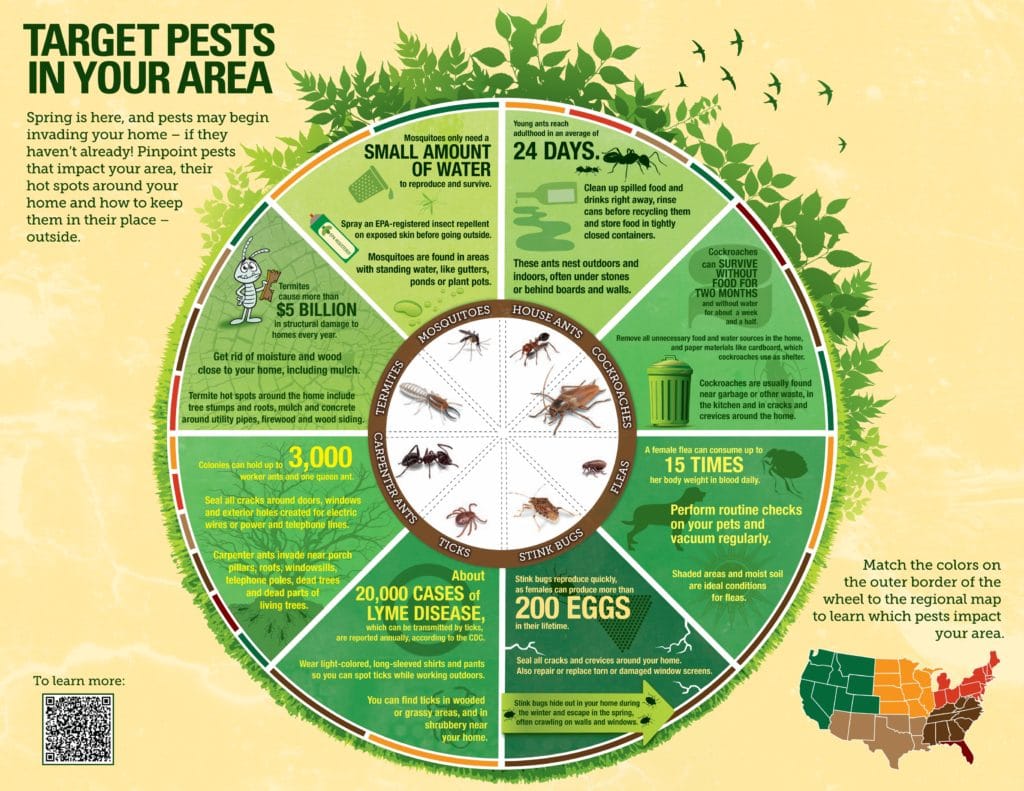Taking Care Of Rodent Infestations: Insights Into Rodent Psychology
Taking Care Of Rodent Infestations: Insights Into Rodent Psychology
Blog Article
Author-Talley Corbett
When it involves rodent control, recognizing usual rodent actions is vital to effectively handling problems. Did you recognize that rats have some interesting nesting practices that might stun you? By exploring their complex behaviors, you can acquire useful understandings right into how to tackle rodent concerns in a much more strategic and reliable manner. So, allow's unwind the mysteries behind these animals' activities and find out just how to outmaneuver them in your rodent control efforts.
Rat Nesting Habits
When observing rats in their all-natural environment, you'll discover that they actively look for products to create their nests. Rats, such as mice and rats, are clever animals that utilize a variety of items like branches, leaves, paper, and fabric to develop their homes. They're meticulous in their nest-building procedure, usually lining their nests with softer materials like fur or feathers to develop a comfy setting.
Rodents like to build their nests in concealed and protected areas to protect themselves and their young from killers. Typical nesting areas include wall surface tooth cavities, attics, basements, and also within insulation materials. By building their nests in these secluded areas, rats can securely elevate their children far from prospective risks.
natural ant deterrent outside is essential to comprehend the nesting practices of rodents when executing control steps. By disrupting their nests or removing products, you can prevent rats from developing an existence in your house or property. Correct cleanliness and sealing access factors are also vital action in protecting against rodent invasions.
Rat Feeding Patterns
After observing rodents' nesting habits, it ends up being obvious that their feeding patterns play a critical function in their day-to-days live and habits. Rodents, including mice and rats, are opportunistic feeders, indicating they'll eat whatever food source is readily offered. They're mainly nighttime creatures, preferring to forage for food throughout the cover of night to prevent predators.
Rats have a varied diet regimen, varying from grains, seeds, fruits, and veggies to insects, nuts, and even small animals. visit the up coming article in their food choices permits them to thrive in different settings, consisting of metropolitan locations where human food resources are plentiful.
Their feeding patterns aren't just driven by hunger however additionally by the need to stockpile food for times of scarcity. This behavior is particularly obvious to prepare for winter months or when nesting. Rodents are recognized to hoard food in their nests or burrows, making sure a consistent food supply. Recognizing their feeding patterns is important in applying reliable rodent control procedures to disrupt their food sources and protect against problems.
Rodent Movement and Travel
Rodents navigate their environments with dexterity and stealth, utilizing their keen detects to move promptly with their atmospheres. These animals are adept mountain climbers, able to range wall surfaces and upright surface areas easily. They can also press through remarkably tiny openings, making it important to seal off any potential entry points in your home.
When it pertains to traveling, rodents often tend to comply with acquainted paths, producing trails along walls or skirting the edges of rooms. They're creatures of habit, often staying with these established routes as they forage for food or explore their environments.
Rats are understood for their nocturnal practices, so you might hear them scooting about in the evening as they search for food and water. Their activities are quick and erratic, permitting them to dart in and out of view in the blink of an eye.
Recognizing how rodents move and travel can assist you determine possible problem areas in your house and take proactive steps to avoid these insects from gaining a grip.
Conclusion
As you work to control rodents in your house, remember that understanding their behavior is vital. By identifying their nesting routines, feeding patterns, and movement, you can effectively stop invasions.
Together, by taking proactive actions to eliminate food sources and seal off access points, you can disrupt their familiar paths and force them to seek brand-new areas, eventually decreasing the possibility of rodent presence in your space.
